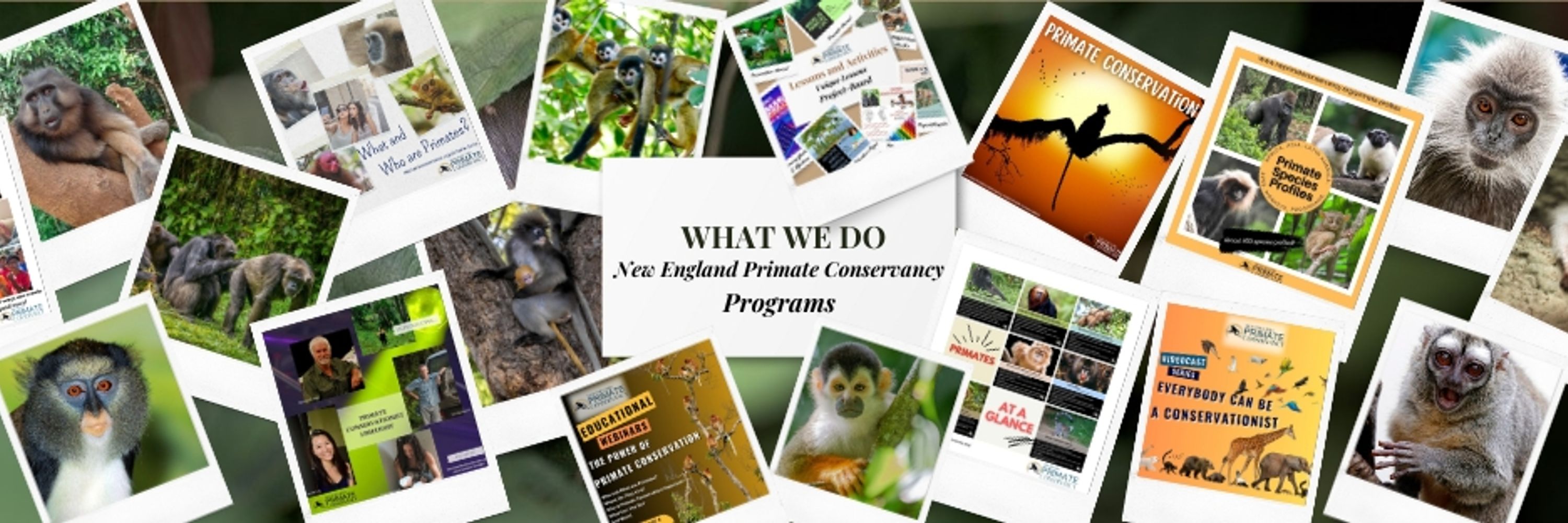
Armed with knowledge, everybody can be a conservationist!







youtu.be/J6pwSmDSeYs

youtu.be/J6pwSmDSeYs

🌱 Discover how knowledge can inspire action
youtu.be/msoc_6wo97I

🌱 Discover how knowledge can inspire action
youtu.be/msoc_6wo97I

In this video, we explore the global distribution of primates, traveling to see where they occur and what makes these habitats so vital. Accompanying lesson and activities: neprimateconservancy.org/where-primates-live/
youtu.be/IpYt-KL68Sw

In this video, we explore the global distribution of primates, traveling to see where they occur and what makes these habitats so vital. Accompanying lesson and activities: neprimateconservancy.org/where-primates-live/
youtu.be/IpYt-KL68Sw

youtu.be/uXE9bbwZ_Wc

youtu.be/uXE9bbwZ_Wc




Through Primates and the Living Earth, curiosity turns into compassion—and a clearer understanding that protecting wildlife protects the web of life we depend on. neprimateconservancy.org/lessons-and-activities/

Through Primates and the Living Earth, curiosity turns into compassion—and a clearer understanding that protecting wildlife protects the web of life we depend on. neprimateconservancy.org/lessons-and-activities/

youtu.be/VPKOzmDropA

youtu.be/VPKOzmDropA

It’s more than a coloring page—it’s a chance to see the world through the eyes of another species.
neprimateconservancy.org/coloring-crested-black-macaque/

It’s more than a coloring page—it’s a chance to see the world through the eyes of another species.
neprimateconservancy.org/coloring-crested-black-macaque/



